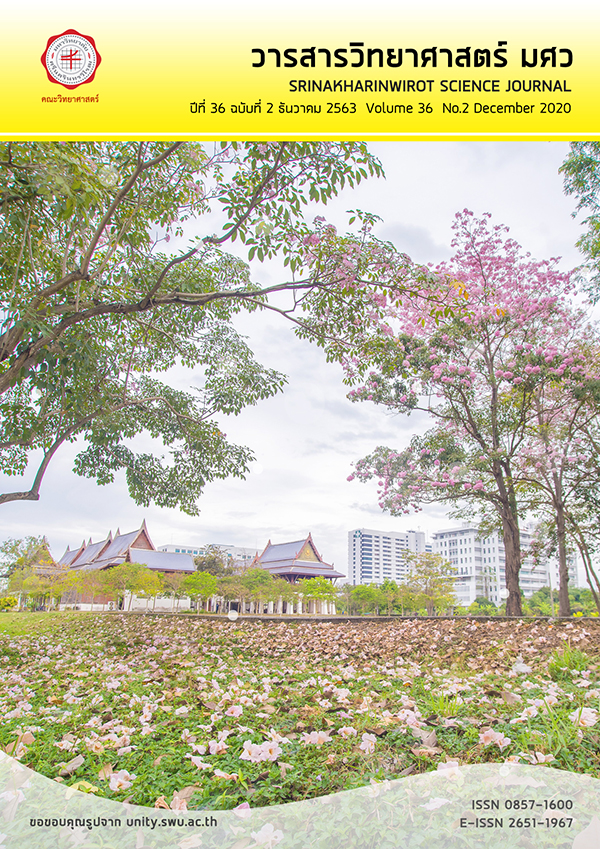Realistic micromagnetic model by York Protocol for the calculation of blocking temperature of exchange bias layer in read element
Keywords:
exchange bias phenomenon, York protocol, blocking temperature, Landau-Lifshitz-Gilbert equation, Kinetic Monte Carlo methodAbstract
In this work, we aim to develop and propose a granular micromagnetic model of the exchange bias layer, consisting of coupled antiferromagnetic (AF) and ferromagnetic (FM) layers, which is the main component of read head of hard disk drive. The proposed model is developed following the new procedure of exchange bias measurement called York protocol. It can predict the reproducible value of exchange bias field ( ) and blocking temperature ( ) leading to the study of thermal stability of exchange bias system. The dynamics of AF and FM layers is treated by using the kinetic Monte Carlo method and stochastic-Landau-Lifshitz-Gilbert (LLG) equation respectively due to their different magnetic properties. In order to calculate the blocking temperature of the system, the granular model based York protocol is first used to find the measurement temperature at which the thermal activation is removed from the system during the measurement of exchange bias field and coercivity. The IrMn/CoFe exchange bias layers is investigated in this work which is the current materials in real devices. The results show that the values of and from the model are consistent with the experimental work. The calculation of for IrMn/CoFe exchange bias system with the thickness of 8 and 4 nm respectively is 414 Kelvin giving good agreement with experiment. This shows that the proposed model is a significant tool for predicting the reproducible value of of and and it is capable for real experiment.Downloads
Download data is not yet available.
Downloads
Published
2020-12-28
How to Cite
Daeng-am, W., Supkul, N., Chureemart, P., & Chureemart, J. (2020). Realistic micromagnetic model by York Protocol for the calculation of blocking temperature of exchange bias layer in read element. Science Essence Journal, 36(2), 55–70. Retrieved from https://ejournals.swu.ac.th/index.php/sej/article/view/12397
Issue
Section
Research Article








